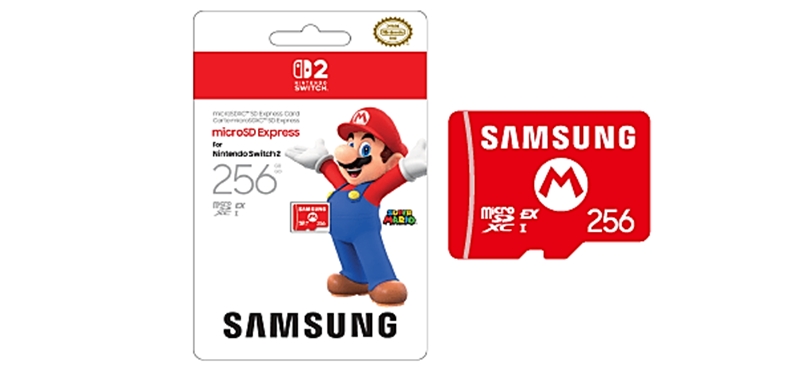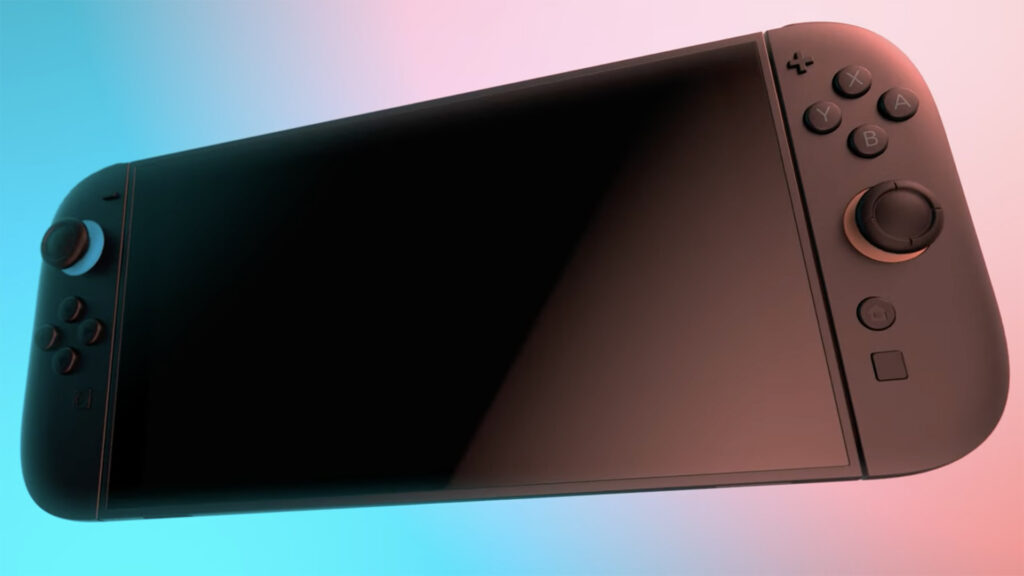Nintendo Switch 2 was officially revealed and, as with any news in the gamer universe, the launch attracted praise and criticism. Although it brings considerable advances, especially in terms of storage and graphic performance, some points have caused doubts and questions by the most attentive consumers.
Internal storage: advance with caveats
So one of the most talked about points is the presence of 256 GB of internal storage . This change represents a leap compared to the first console model, which offered only 32 GB. The difference is significant, but it may still not be sufficient.
games are getting more and more space, especially third generation and multiplatform titles. With this, even with the 256 GB available, it is likely that more active users have to look for complementary solutions to store their games.
Microsd Express Cards: A new requirement

The Nintendo Switch 2 surprises by limiting the support to just one type of memory card: Microsd Express. This requirement is accompanied by a technical justification. The reading and recording speed of these cards is at another level compared to traditional models.
According to SD Association specifications, MicroSD Express can reach rates of up to 600 MB/s , depending on its class. To maintain games performance compatible with the console's internal performance, Nintendo has decided to adopt this more advanced standard. The problem? The cost. Cards of this type are more expensive and difficult to find, especially in Brazil.
Although Nintendo Switch 2 comes with more space, many modern games require additional downloads, even if bought in physical media. This means that the consumer, whether or not, will need to invest in more storage space at some point. Using microSD Express cards avoids performance bottlenecks, which is essential to running games with fluidity.
However, there is a detail that worries: the high price of compatible cards. In many cases, the value of a 1 TB microSD Card can exceed the price of a new game. I
Compatibility and performance
The good news is that Nintendo did not impose a minimum mandatory express card class. Therefore, models with lower reading rate, such as class 150 (150 MB/s), should still work normally in Nintendo Switch 2 . For users who do not intend to run extremely heavy games directly from the card, this can be a viable alternative.
However, conventional microSD were left out. The new console simply does not recognize them as a viable expansion option . The technical justification even makes sense, but generates dissatisfaction between users accustomed to the freedom of the previous generation.
The cost per gigabyte in microSD Express cards is considerably higher than in UHS-I models. In some cases, the price difference can reach 200% between versions of the same capacity.
The purchase of the console already involves a relevant investment. When adding the value of a compatible memory card, the final cost can rule out a significant part of the public. Even so, for the most demanding performance, this increase will be practically inevitable.
The dilemma between physical and digital

A solution could be in physical media games that occupy less internal storage space. However, this does not completely solve the issue. Many titles require complementary downloads, even with the game card in hand. Thus, Nintendo Switch 2 still depends strongly on expandable - and quality memory.
This strategy, in practice, moves the problem from side to side. The idea seems to be to prevent Nintendo from having to make physical media with greater capacity, which would raise the cost of production of games. On the other hand, it transfers the consumer the responsibility of bearing the necessary accessories.
The new model has everything to repeat the success of its predecessor, but this technological transition will need to be better understood and assimilated by users. The choice of microSD Express as the only form of expansion will undoubtedly be one of the most discussed points in the life of Nintendo Switch 2.